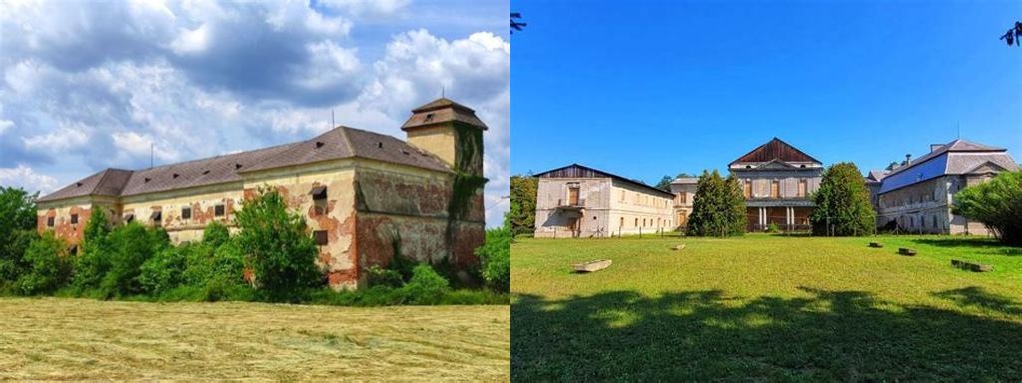
Fuló-kastély, more colloquially known as Fuló Castle, sits quietly on the edge of the small, scenic village of Gagybátor in northeastern Hungary. If you’re drawn to storied landscapes, hidden histories, and lost grandeur returning to life, this is the kind of place that will quietly captivate you. Unlike the bustling castles better known through glossy travel guides, Fuló-kastély is one of those rare, evocative destinations where you’ll often find yourself happily alone with the whispers of centuries past, wandering its stone corridors and tangled gardens as if gently trespassing into a different era. There’s a palpable hush here, a feeling that the walls remember more than they reveal at first glance.
Once the ancestral home of the illustrious Fuló family, the castle’s origins can be traced to the mid-1800s, a time when Hungary’s nobility erected stately manors that married romanticism with a sense of rural command. The estate was constructed for Aleksander Fuló, whose vision seems almost eccentric by today’s standards: an elaborate neoclassical manor surrounded by rolling hills, deliberately oriented so every window could frame the undulating Borsod countryside. Even the journey to Gagybátor (which rests only a short drive from the city of Miskolc) feels pleasantly removed from the demands of modern life, as if you’re drifting back to a twilight time before motorways and noise. The castle’s approach is partly shielded by an old linden grove, gnarled and scented, casting greenish dappled light along your path.
What really sets Fuló-kastély apart is its gently faded elegance. Unlike grander castles turned into pristine hotels or tourist attractions, Fuló Castle has not been exhaustively restored or over-curated—it retains an atmosphere that verges on romantic melancholy. You might see traces of old frescoes flaking from sun-bleached walls, the patina of antique tiles along a creaking staircase, or a weathered family crest above time-smoothed wooden doors. Centuries-old stone steps lead down into what was once a bustling kitchen, and abandoned outbuildings are slowly losing ground to encroaching wildflowers and raspberry brambles. Every corner seems to ask, “What stories unfolded here?” and the answers seem tantalizingly close, just out of reach.
But Fuló-kastély isn’t simply a relic; it’s an emblem of Gagybátor’s promise of quiet endurance and renewal. Over the years, the castle has played host to a revolving cast of characters: noble ladies and their retinues, visiting poets, local revolutionaries during the turmoil of 1848 (when Hungary was alight with uprisings), and more recently, volunteer art students who come to document or preserve what remains. One curious chapter tells of János Fuló—the eccentric grandson in the early 20th century—who briefly opened the estate as a rural salon for musicians and painters escaping the city. Old villagers tell stories about the evenings music would drift out over the meadows, and candlelight glimmered through the castle’s windows like signals from another world.
Walking among the remains today, it’s easy to imagine yourself inside one of these tales. There’s nothing staged or artificial here. You might rarely meet another soul except perhaps a groundskeeper or the occasional local historian who’ll introduce you to hidden features: the secret alcove in the drawing room, the root cellar that once sheltered villagers during turbulent times, or the initials carved into a stone window frame by a young lady Fuló, marking the visit of the crown prince in 1867. Every stone is an invitation to pause, wonder, and reflect.
The grounds themselves are a living testament to the passage of time. Birdsong tumbles from the treetops, and the air carries the faintest scent of lilacs well into autumn. On a warm afternoon, you might wander the edge of the gardens, watching clouds drift past the castellated roof, and find a quiet spot to sit and ponder the layered histories beneath your feet. For those so inclined, there is a curious freedom in simply being here, outside the well-worn track, with nothing but the present moment and the gentle, shifting echoes of Fuló-kastély. While it may not offer the polished spectacle of some tourist landmarks, what you discover here—solitude, authenticity, and a palpable sense that life’s tapestry is richer than we often realize—might well prove even more memorable.





